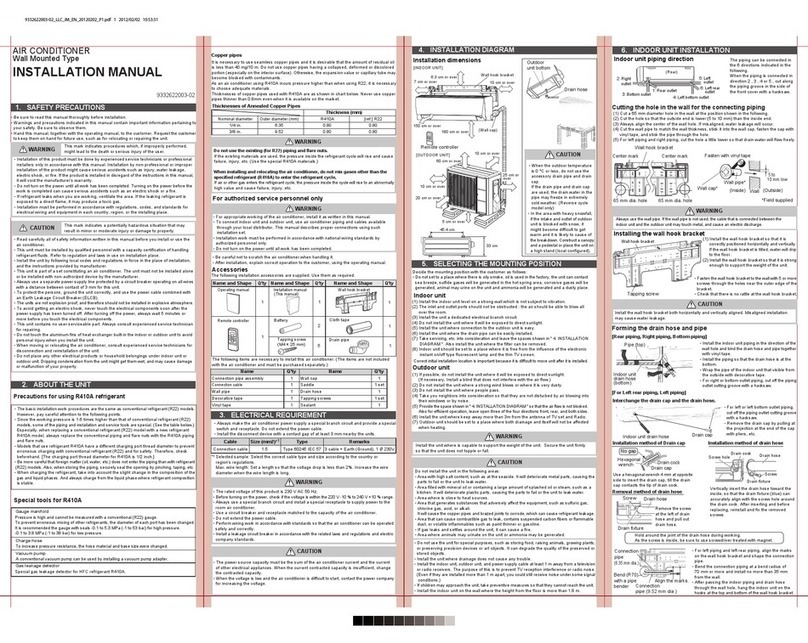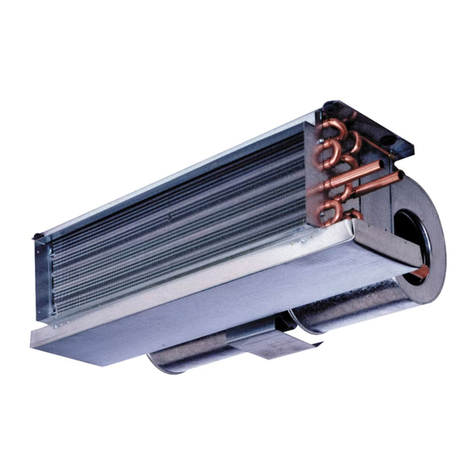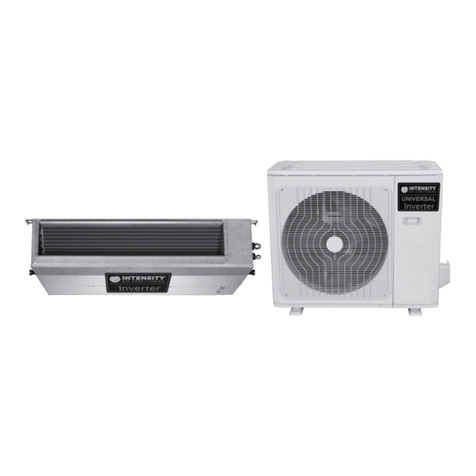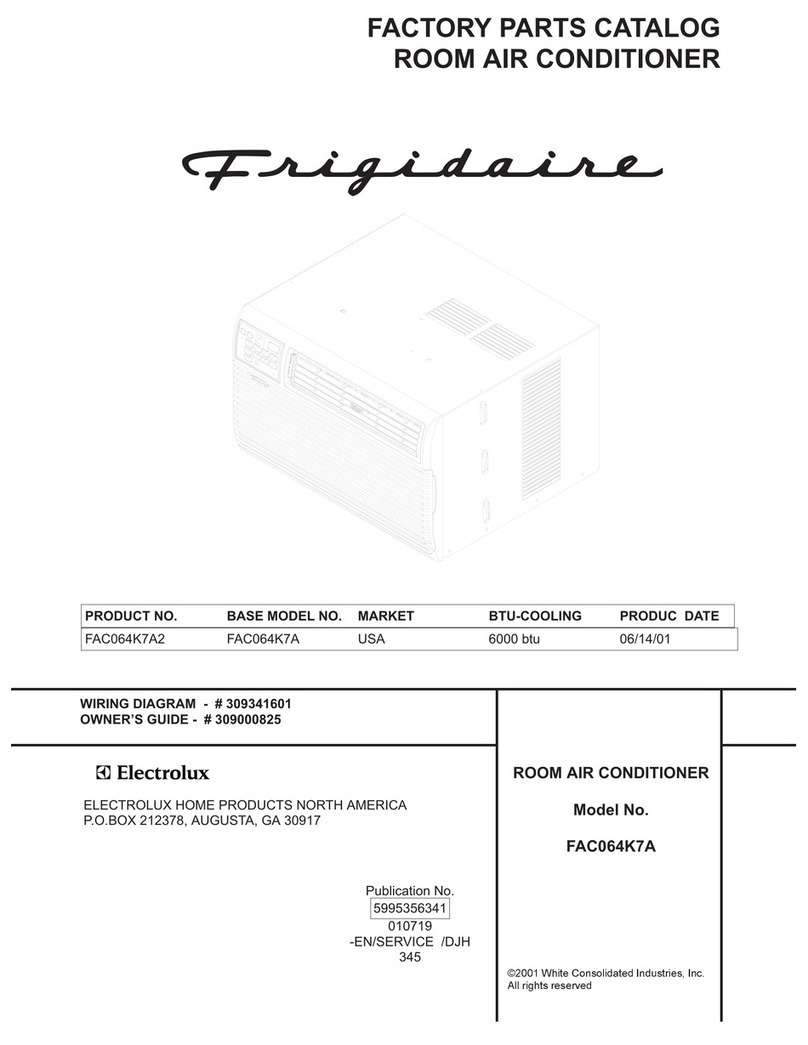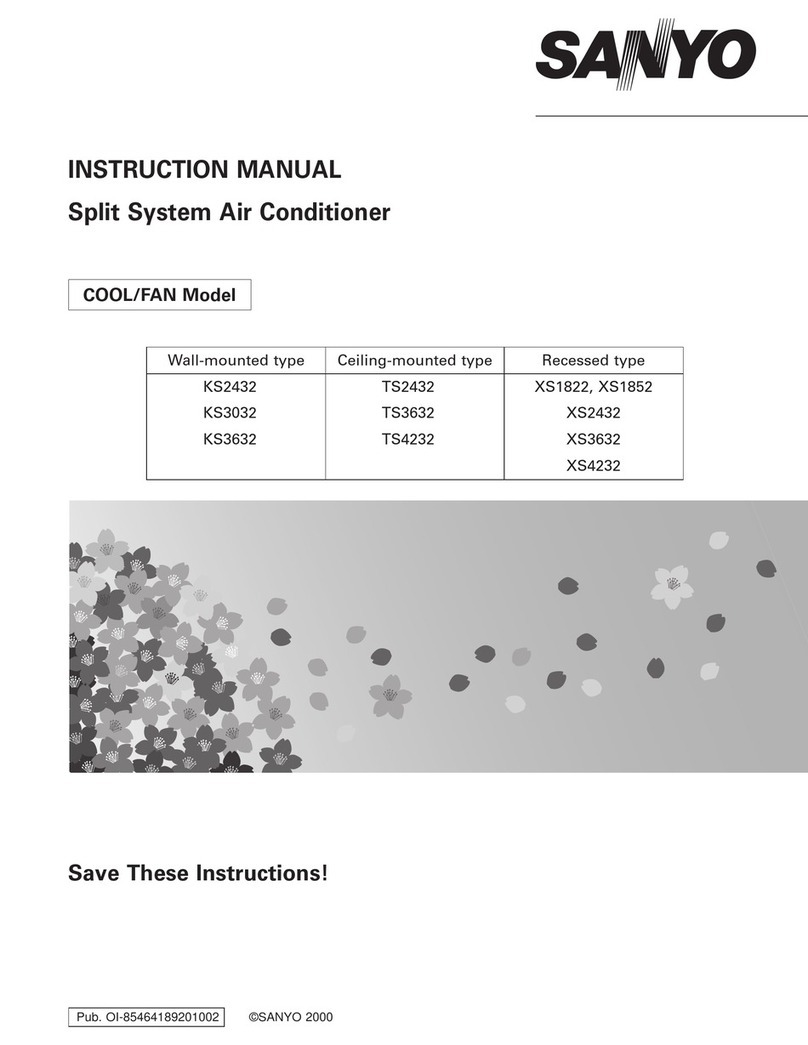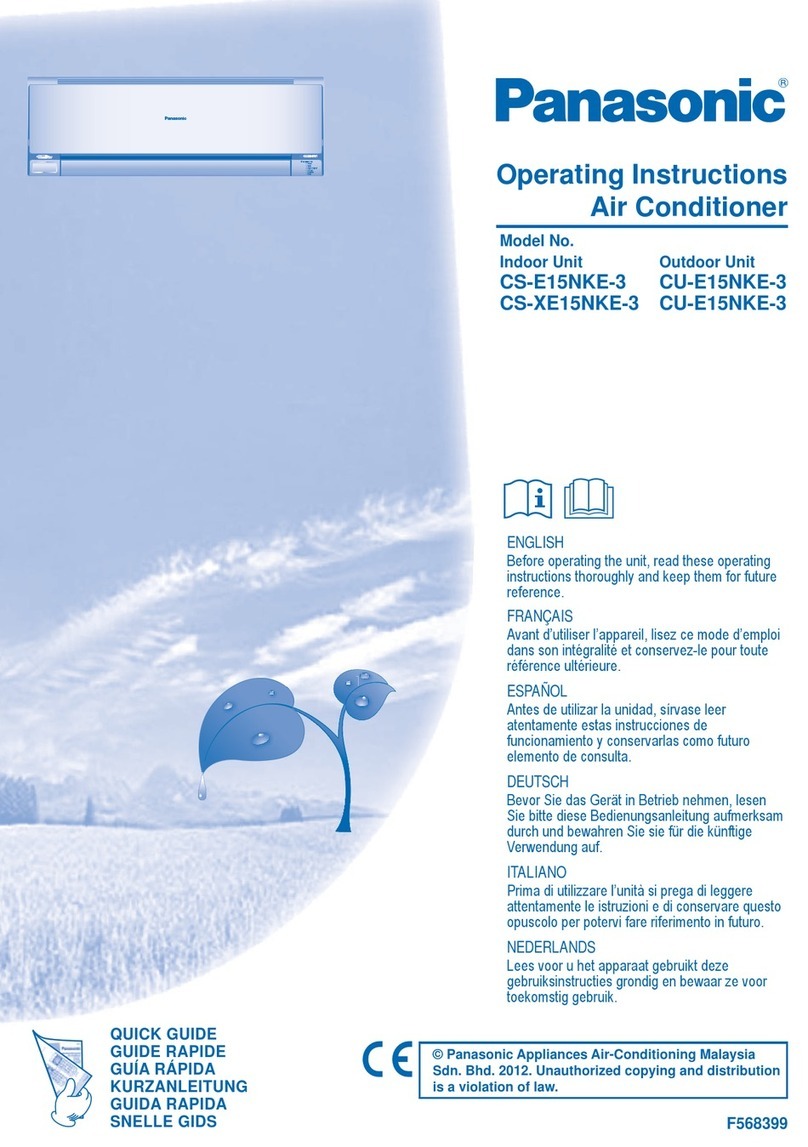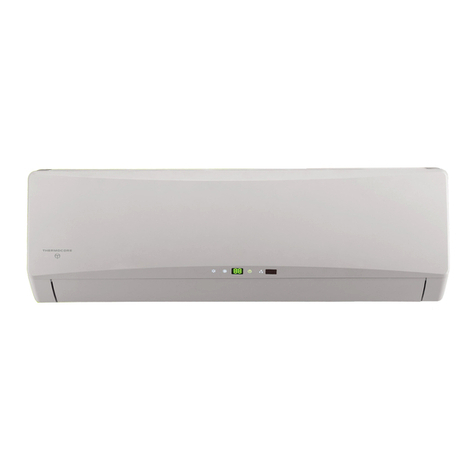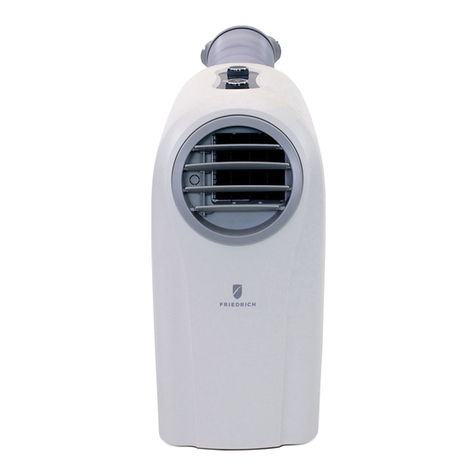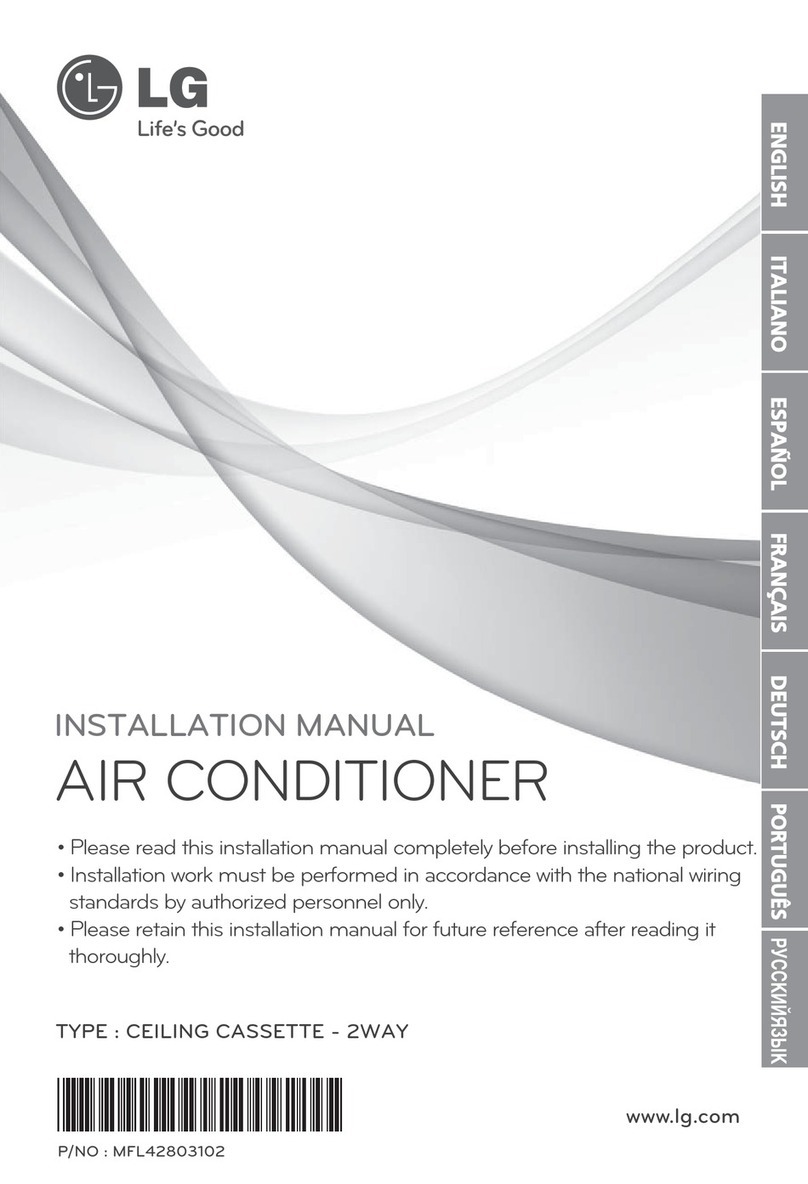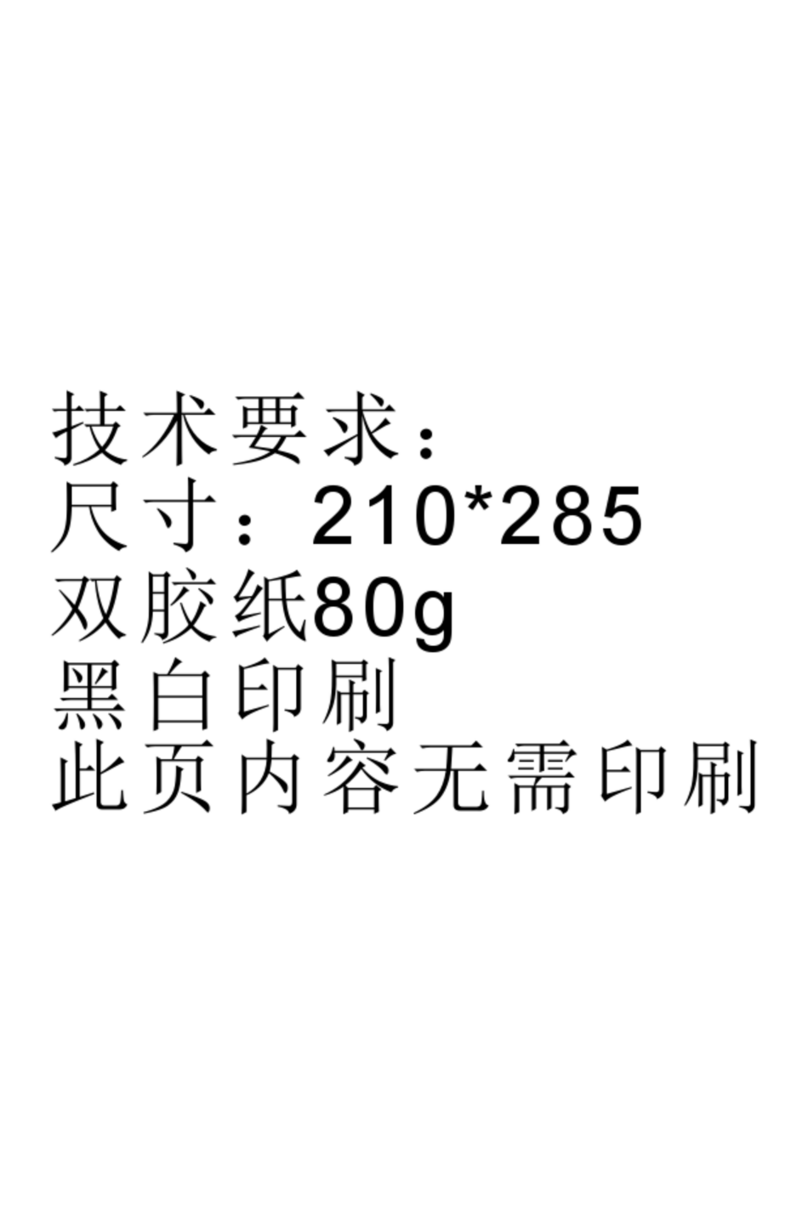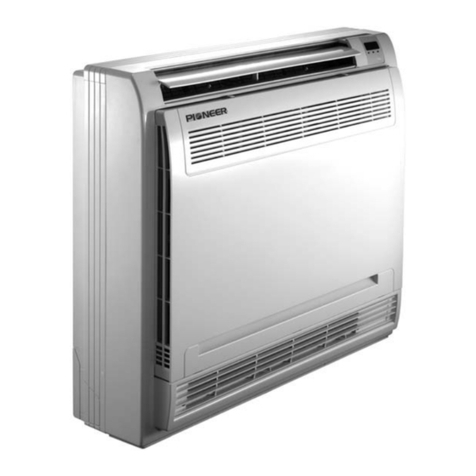Getting Started
1. Before using the attachment, survey the
entire area carefully to make sure that there
aren’t any obstructions that may interfere
with operation or damage the attachment.
IMPORTANT: Usually, clearing an area of
rocks is the final operation, except for areas that
have abundant rocks. When clearing rocks, it is
necessary to set the attachment at a very
shallow depth, just touching the soil. Large
windrows could cause damage or premature
wear to the rotor. Pick up the windrows before
they become too large.
NOTE: If the soil is very hard and/or compacted,
break up the ground before using the
attachment.
2. With the operator in the seat of the loader,
seat belt fastened, and seat bar lowered (if
so equipped), start the engine.
3. Using the loader’s tilt function, tilt the
mounting plate forward away from the
loader. This is the position that will fully raise
the drum of the attachment off of the ground
for the transporting position.
4. Fully lower the loader’s boom arms. With the
throttle set at idle, engage the hydraulic
drive, then gradually increase the throttle to
operating speed.
Hydraulic Controls
All functions can be activated by the steering
lever switches on the loader (if loader is
equipped), or withthepistol gripcontrolharness.
NOTE: Your loader must have the attachment
control kit installed to make use of the lever
switches.
The previously installed pistol grip allows the
operator to engage all functions. (See “Set-Up
Assembly” on page 16 of this manual.)
Functions are activated as follows:
Button 3 swings the attachment LEFT
Button 4 swings the attachment RIGHT
NOTE: For steering lever functions, refer to your
loader’s operator’s manual.
